|
Two years ago I welcomed John Key’s promise to hold a flag referendum. At last we could get rid of the Union Jack from our flag and have one that didn’t look like Australia’s. Many on the left had long argued for a flag change and now we had some significant support from the right.
Now it seems that many leftists will be joining the Anglophiles in voting to keep our present colonial flag. Let’s look at the reasons they give for changing their stance and the counter-arguments. 1. The referendum is a waste of taxpayers’ money. That is essentially an argument for never having a referendum, because it will always cost money. However, I do accept that some of the early expenditure – to find out about our “values” – was unnecessary. 2. Changing the flag isn’t a priority. Obviously, combating the TPPA or dealing with the housing crisis are more urgent issues, but it is not a zero sum game. Changing the flag is about us developing a greater sense of nationhood, which has progressive ramifications across other political issues. The Union Jack in our flag symbolises a neo-colonial mentality which is still present, even if the imperial power we now tip our hat to is usually the United States. A greater sense of independence would mean we’d be less trusting of America over the TPPA or New Zealand’s participation in America’s wars. Be careful about using the “it isn’t a priority” argument. It’s regularly used by politicians to avoid dealing with controversial issues: like marijuana law reform, assisted dying legislation and improving the abortion laws. 3. Changing the flag is a diversion. I find that argument a bit patronising to New Zealanders. We are grown up enough to engage with the flag issue, or not, as we wish. We are only diverted to the extent we want to be diverted. And there are some important underlying political issues in the flag debate, as I have explained above. 4. Who cares about the flag anyhow? Isn’t flag-waving a reactionary nationalist exercise? I have considerable sympathy for that stance, particularly when you see how patriotism and flag-waving is used by the political right in America, Britain, Australia, France, etc. But if we are going to wave a flag at to wave at international sports events, etc., I prefer it wasn’t our present colonial flag. 5. It’s John Key’s flag. John Key was still a money-trader when Kyle Lockwood designed the flag back in 2001. Before John Key got involved there were many people (including myself) campaigning for a flag change – many of whom liked the Lockwood design. It won flag design competitions. 6. The Lockwood design is too bad to vote for. Fair enough if you really don’t like it don’t vote for it. People differ on what is a good design and a lot of people will disagree with any design chosen. Given the way symbols have been used in New Zealand in recent years the most popular flag was always going to have either a fern or a koru on it, and perhaps a southern cross. Kyle Lockwood’s design won because it combined two of these symbols and for traditionalists it didn’t depart too much from the original flag, with a southern cross on a blue background. 7. The process to select an alternative flag was just so bad. True, the selection committee was weak on design expertise. It should have done some development work on the best, or most popular, designs. Also, the process of selecting the final four designs for the initial referendum was clearly flawed. Two of the final four designs (the black and white koru and fern ones) were duds. Better and more popular designs, like the modified Hundertwasser koru or Otis Frizzell’s koru and stars, could have been in the final four. 8. We can have another go at changing the flag at a future time (perhaps when John Key has gone). The truth is that you’ve got to seize chances to bring about progressive change as they arise. Really, which party is going to start another referendum process any time soon? Labour?? 9. The campaign for the fern flag is a John Key, National Party, business leaders and elite sportspeople campaign. To me the first rule of politics is that you judge an issue on whether it is progressive or not, rather than who is supporting it. It is good if some on the right support a progressive issue. National Party supporters like Dan Carter might have been more in the media, but the Change the New Zealand Flag campaign also includes a lot of people not aligned to National, like Roger Hall and Oscar Knightly. International sportspeople like Silver Fern Maria Tutaia have good reasons to support a flag change, particularly when the Aussie and NZ flags get mixed up at international events. And we shouldn’t be against business people wanting a more distinctive New Zealand branding. 10. A defeat for the fern flag will be a defeat for John Key. I’m afraid the opposite is true. Of course, John Key has too closely identified himself with the fern flag design. But if people who want a flag change for good and genuine reasons see Labour and the left responsible for keeping the colonial flag then the only political victor, unfortunately, will be John Key and his National Party. Keith Locke. - See more at: http://thedailyblog.co.nz/2016/03/01/odd-alignments-in-the-flag-debate/#.dpuf
1 Comment
There are quite a few myths and legends surrounding the New Zealand Flag. Massey University Senior Research Historian Malcolm Mulholland has published an excellent book of facts about flags in New Zealand, the book is an interesting look into not only flags but also touches on New Zealand's history as a whole - download his book below, even if you're for or against a new flag for NZ, you'll be fully informed before you vote in March, it's definitely well worth the read!
NZ FLAG FACT NUMBER 51
The silver fern (Cyathea dealbata), called ponga by Māori, is endemic to New Zealand. Māori used native flora to navigate their way home through the forests at night. They would break-off several fronds of the silver fern and leave them silver side up so that the moonlight would reflect off them. This night-time trail served as a homing beacon. Over the years, deer cullers and possum hunters have also used the fern for this purpose. Māori also have a whakatuakī (proverb) that is closely associated with the silver fern: Mate atu he tetekura, Ara mai he tetekura. As one chief dies, another rises to take their place. When said in the context of the silver fern, the translation becomes: As one frond withers and dies, another rises to take its place. He tete, or frond, stands for a chief. Sir Tipene O’Regan of Ngāi Tahu once reminded author and academic Dr Danny Keenan (Ngāti Te Whiti Ahi Kā, Te Ātiawa) that ‘to Māori, the silver fern denotes strength, stubborn resistance, and enduring power, encapsulated in a natural form of native elegance. Māori have always honoured the fern, giving it a pride of place. From New Zealand Flag Facts by historian Malcolm Mulholland. Read more at: http://www.silverfernflag.org/press/new-zealand-flag-facts-book NZ FLAG FACT NUMBER 52
In 1853, while the HMS Sparrow was berthed in New Plymouth, sailors with the Royal Navy challenged the local army garrison to a match involving rifle shooting. The event took place at Rewa Rewa Rifle Range, and just before it began, the New Zealand shooters spotted some silver fern, picked it, and pinned the leaves to their pockets as a good luck charm. The charm brought success, as the army garrison won the competition. Its members apparently said: ‘The silver fern has brought us luck and we will carry on using it. During the nineteenth century, the silver fern was also used in verse and paintings by famed watercolourist, Alfred Sharpe. Sharpe, regarded as one of the pioneer artists of New Zealand, prolific and successful, producing around 150 watercolours depicting the New Zealand landscape from the 1860s to the 1880s, also wrote poetry. One of his poems, titled A Night in the Forest, contained these lines: A silver fern outspreading, In mass of lace like threading, Throughout its frondings wide, Faint phosphorescence showers, On the kie kie flowers, from its silv’ry underside. From New Zealand Flag Facts by historian Malcolm Mulholland. Read more at: http://www.silverfernflag.org/press/new-zealand-flag-facts-book SIR EDMUND HILLARY FLEW THE UNION JACK AT THE TOP OF MT EVEREST AND NOT THE NEW ZEALAND ENSIGN27/2/2016 NZ FLAG FACT NUMBER 27
Sir Edmund Hillary flew the Union Jack when he, along with Tenzing Norgay, completed the first successful ascent of Mount Everest on 29 May 1953 He and Norgay also raised two other flags—the United Nations and Nepalese flags. Hillary was part of the British Mount Everest Expedition led by the British colonel, John Hunt. News of Hillary and Norgay’s deed were conveyed to London in time for the world to be notified on the morning of the coronation of Queen Elizabeth II (2 June 1953). Eleven of the fifteen-strong mountaineering party that aided Hillary were from the United Kingdom and two were from New Zealand (Hillary and George Lowe), with Norgay and Sherpa Annullu having come from Nepal. British newspaper the Daily Express reported: ‘Everest was conquered by a New Zealander. What could be more joyfully appropriate than such a reminder that the spirit of old Britain has spread through the whole of the young Commonwealth?' Keith Holyoake, who became New Zealand’s prime minister for three months in 1957 and between 1960 and 1972, remarked that Hillary ‘has put the British race and New Zealand at the top of the world. And what a magnificent coronation present for the Queen. From New Zealand Flag Facts by historian Malcolm Mulholland. Read more at: http://www.silverfernflag.org/press/new-zealand-flag-facts-book NZ FLAG FACT NUMBER 54
During the Boer (South African) War at the turn of the twentieth century, the silver fern appeared on the Glengarry (cap) and slouch hat badges of soldiers from New Zealand. The New Zealand Natives Association wanted to differentiate New Zealand troops from the soldiers of other British colonies and so produced 200 silver fern badges for the hats of the men shipped to South Africa in 1899. The association was essentially interested in forging a unique New Zealand identity rather than having men from New Zealand seen as Britons living afar. Some New Zealand soldiers in World War I referred to themselves as ‘Fernleafs’ (New Zealand having been labelled as ‘Fernland’ and New Zealanders as ‘Fernlanders’ at the start of the 1900s). In World War II, Lowndes Square in Knightsbridge, London, hosted a ‘Fernleaf Club’, a residential centre for the rehabilitation of troops, staffed by the New Zealand Women’s Army Auxiliary Corps. All World War II New Zealand soldiers wore the badge called ‘Onward’. This ‘universal badge of the 2 NZEF was introduced in October 1939: the letters ‘NZ’ surrounded by fern fronds and surmounted by the King’s Crown, all above a scroll bearing the word ‘Onward’. Hat and collar versions were worn on SD uniforms by all ranks …This was supposed to be the only badge worn, although this … [was] not strictly adhered to’. The official address for the New Zealand Division Headquarters in Egypt in World War II was ‘Fernleaf Cairo’, and the New Zealand War Service Medal has the silver fern on the back. The silver fern also adorns the headstones of New Zealanders in the cemeteries of the Commonwealth War Graves Commission throughout the world, thereby perpetuating the association between the military and the silver fern. From New Zealand Flag Facts by historian Malcolm Mulholland. Read more at: http://www.silverfernflag.org/press/new-zealand-flag-facts-book NZ FLAG FACT NUMBER 36
The first time the Markham-designed New Zealand flag flew in New Zealand was 29 October 1869 on a ship moored at the Wellington waterfront. And the man who had hoisted it was George Austin Woods. Woods, from Victoria, Australia, was in command of the Edith, the ship bought by the New Zealand Marine Department and then towed to New Zealand by flag designer Albert Hastings Markham aboard HMS Blanche. When the Edith arrived in Wellington, the local newspaper, the Evening Post, reported: The altered New Zealand flag, as appointed by the Governor’s recent proclamation, might have been seen for the first time this morning, flying on board the surveying schooner Edith. This handsome little vessel is now ready for sea, and will proceed to Auckland as soon as the weather moderates sufficiently to admit of her departure, in charge of Lieut. Woods, Marine Surveyor. After his arrival in New Zealand, Woods worked as the country’s marine surveyor. He was also in charge of the New Zealand armed constabulary when on water. After leaving New Zealand in 1871, he went to Fiji, where he became its Premier. From New Zealand Flag Facts by historian Malcolm Mulholland. Read more at: http://www.silverfernflag.org/press/new-zealand-flag-facts-book NZ FLAG FACT NUMBER 55
The silver fern has long been closely associated with New Zealand produce because of its use as a trademark for the country’s meat and dairy exports. After the success of the 1924/25 All Blacks Invincibles Tour, Tour Manager Stan Dean suggested ‘that the fern leaf be adopted as a national trade mark for New Zealand goods in the same way Canada has adopted the maple leaf.’ The National Dairy Association immediately took up Dean’s idea. Dean clearly considered that the fern should stamp all New Zealand-made products leaving the country’s shores. As he pointed out, the fern had been recognised in Britain since its use as an emblem during the rugby tours of that country by the Natives in 1888, the Originals in 1905, and the Invincibles in 1924. The silver fern was also used on New Zealand-produced tobacco products, and it gave its name to the train that travelled on the North Island main trunk line between Wellington and Auckland from 1972 to 1991 (the Silver Fern railcar). More recently, in the 1990s, New Zealand Trade and Enterprise and Tourism New Zealand developed the silver fern into the distinctive New Zealand FernMark. These organisations created the mark in order ‘to establish a singular visual identity for New Zealand’. Those businesses that carry the FernMark are the ambassadors of New Zealand’s efforts to promote New Zealand products and trade overseas. From New Zealand Flag Facts by historian Malcolm Mulholland. Read more at: http://www.silverfernflag.org/press/new-zealand-flag-facts-book NZ FLAG FACT NUMBER 30
Fifty-three independent nations belong to the British Commonwealth. Four of these countries have never had the Union Jack on their flag, forty-four have removed the Union Jack from their flags, and Fiji is in the process of changing its flag, which will take the number to forty-five. No former British colony from Africa, Asia, the Caribbean or the Americas has the Union Jack on their flag any longer. The vast majority of British Commonwealth countries changed their flag during the 1960s when Britain attempted to join the EEC in order to secure trade benefits (France twice blocked Britain’s efforts in this regard). In 1973 the EEC finally accepted Britain as a member, after which New Zealand exports to the United Kingdom dropped dramatically. ‘There was no shadow of a doubt that the British application of 1961 [to join the EEC] presented a threat to New Zealand trade of the gravest dimensions. Prime Minister Holyoake summed it up when he said that the bid to join “raises questions probably the most serious New Zealand has had to face in times of peace”. However, despite calls from various New Zealanders to have the Union Jack erased from the New Zealand flag, this symbol has continued to feature on it. The only other independent Commonwealth Countries that still have the Union Jack on their national flags are Australia and Tuvalu, which, like New Zealand, are countries located in the Pacific Ocean. From New Zealand Flag Facts by historian Malcolm Mulholland. Read more at: http://www.silverfernflag.org/press/new-zealand-flag-facts-book NZ Consulate Melbourne, Photograph Kyle Lockwood
NZ FLAG FACT NUMBER 67 Before the silver fern represented national sports teams, the military and New Zealand produce on the world stage, people of Victorian England were extremely keen on collecting plants from different parts of the planet. As such, many fern varieties, including the silver fern, ended up in England. New Zealanders Eric Craig and Thomas Cranwell took advantage of this fad and produced pressed fern albums for sale in both New Zealand and overseas, while H. B. Doobie produced cyanotype images of 148 New Zealand ferns that were published in book form. When, at Gallipoli in 1915, New Zealand soldier Raymond Baker was wounded, an Australian stretcher bearer recognised where he was from because of his silver fern. “Hello mate?’ he said. ‘Pig Islander? Which is the soldiers’ colloquial for New Zealander. In 2010 columnist Jim Eagles wrote in the New Zealand Herald: ‘But if you want to signal your nationality, whether visiting Britain or Botswana, China or Chile, a silver fern is the best way to do it.’ Meanwhile, in their book New Zealand! New Zealand! In Praise of Kiwiana, Stephen Barnett and Richard Wolfe claimed that the silver fern was just as well known as the kiwi to people from overseas. From New Zealand Flag Facts by historian Malcolm Mulholland. Read more at: http://www.silverfernflag.org/press/new-zealand-flag-facts-book NZ FLAG FACT NUMBER 76
A pall is a cloth draped over a coffin during a funeral. Throughout both World Wars, the military’s official practice was to place a Union Jack over the coffins of its members who died in service. In 1942 funeral director E. Morris Junior wrote to the Under-Secretary of Internal Affairs, J. W. Heenan, to ask him just which flag should be used during military funerals. According to Morris, funeral directors ‘maintain that there is only one flag that represents the King and Empire and that is the Union Jack and therefore that is the only flag permissible to be used at military funerals … Every soldier swears allegiance of this King and Empire, and the Union Jack is the only flag that truly represents King and Empire.’ Heenan responded: ‘The Army Secretary’s reply to the question was that so far as military funerals are concerned, the custom is to use the Union Jack to cover the casket. The Naval Secretary has stated that it is customary for the coffin of any deceased member of the Naval Forces to be draped with a six breadth Union Jack.’ The Air Force also agreed with this practice. In his book Johnny Enzed: The New Zealand Soldier in the First World War, Glynn Harper quoted one veteran of that war who remembered: ‘Every morning a dreadful significant line of figures lies in the stern covered with the Union Jack … It is all a horrible nightmare’. Among the many funerals of military personnel during World War II was that of Gunner Leslie Gauld in 1941. A member of the Second New Zealand Expeditionary Force, Gauld had been invalided home to New Zealand from England, but he collapsed and died on his return. The Auckland Star reported: ‘Representatives of the Otahuhu Returned Association were present and provided the Union Jack which covered the casket.’ From New Zealand Flag Facts by historian Malcolm Mulholland. Read more at: http://www.silverfernflag.org/press/new-zealand-flag-facts-book LABOUR LEADER NORMAN KIRK WAS THE FIRST POLITICIAN TO PUBLICLY SPEAK ABOUT a new FLAG IN 196227/2/2016 NZ FLAG FACT NUMBER 84
In August 1962 MP for Lyttelton and future New Zealand Prime Minister Norman Kirk suggested erasing the Southern Cross from the national flag and replacing it with the kiwi because the flag looked so similar to Australia’s. The then Prime Minister Keith Holyoake retorted: ‘We could adopt a slogan—call us kiwis. New Zealand economist and author Brian Easton later write of Kirk: ‘At the heart of his nation building was national identity.’ Kirk was not to be the only Labour politician and party member to suggest flag change. When Labour became the government in 1972, members of the party continued to advocate for changing the flag. They introduced a remit proposing that the flag be altered, only to have it defeated when it came to the vote at the party’s 1973 conference. The party made the same attempt at its 1989 annual conference. This time the remit was defeated by 144 votes to 136. The previous year, Labour Minister for Foreign Affairs Russell Marshall had called for the flag to be changed. Four years on, the former Labour MP who become the leader of Mana Motuhake, Matiu Rata, claimed that the flag needed to change in order to ‘re-establish our national identity’. Helen Clark, Labour Prime Minister from 1999 to 2008, also supported changing the flag. She suggested removing the Union Jack. In 2010 Labour MP Charles Chauvel promoted a Private Members Bill that called for a review of the New Zealand flag (see fact 90). Labour also promoted change as part of their 2014 manifesto, with MP Trevor Mallard releasing the Internal Affairs policy on the matter: "The time has come for a change and it is right for the issue to be put to the public. We would however support the ability of the RSA and similar organisations to continue to fly the current flag if they so wish. New Zealand changed its national anthem from ‘God Save the Queen’ on a gradual, optional basis and that process worked." From New Zealand Flag Facts by historian Malcolm Mulholland. Read more at: http://www.silverfernflag.org/press/new-zealand-flag-facts-book NZ FLAG FACT NUMBER 79
In 1962 the General Secretary of the Returned Servicemen’s Association (RSA) contacted the Department of Internal Affairs on behalf of the Patea RSA to ask about flag etiquette on the death of a member. J. L. O’Sullivan, responding on behalf of the Secretary of Internal Affairs, advised that a flag can be flown on the day of such a death or funeral, or both. He then offered further advice. "If it is desired to half-mast the flag, this should be done for the funeral only, and the flag to be used should be the Union Jack, as the New Zealand Ensign is only half-masted on the death of a National or Empire statesman and on the occasion of the death of the Head of a Foreign State or demise of the Crown. I think you will appreciate that should the practice of half-masting the New Zealand Ensign at the funerals of Returned Association members, especially in the smaller centres, be encouraged, this would lead to confusion and would become a purely automatic gesture which in time would become meaningless. However, all would be in order if the Union Jack was used, and this would be an adequate mark of respect on such occasions." The department’s position at time was the same as the position evident in its ruling on this matter in 1951 and 1954. From New Zealand Flag Facts by historian Malcolm Mulholland. Read more at: http://www.silverfernflag.org/press/new-zealand-flag-facts-book NZ FLAG FACT NUMBER 4
Some people have theorised that changing the flag could have constitutional implications. A number of comments maintain that if we remove the Union Jack, which represents the British monarchy, we will also end up removing the ‘due authority’ of the Crown. This idea is not correct. The only piece of legislation that the New Zealand government can amend if New Zealanders select the silver fern flag in the second referendum is the Flags, Emblems, and Names Protection Act 1981. Changing the flag will have no influence on New Zealand’s constitutional arrangements or on our relationship with the Commonwealth. What a change will mean is that on official occasions and official days, government agencies will fly the silver fern flag to represent New Zealand. Anyone who wants to fly the current New Zealand flag will still be allowed to do so. From New Zealand Flag Facts by historian Malcolm Mulholland. Read more at: http://www.silverfernflag.org/press/new-zealand-flag-facts-book NZ FLAG FACT NUMBER 59
On 15 December 2015, the New Zealand Electoral Commission released the official results of the first referendum to select a flag to compete with the current New Zealand flag in the second referendum in March 2016. The winning design, drawing 662,160 votes, was the silver fern, the second most popular alternative was the silver fern (red, white and blue) followed by red peak, and then silver fern (black and white), and koru. Just under 1,400,000 people voted, with the number of informal votes being 149,747 - NZ FLAG FACT NUMBER 60 KYLE LOCKWOOD DESIGNED THE SILVER FERN FLAG Kyle Lockwood, the designer of the silver fern flag, was born in Wellington. He designed the silver fern concept as a student in architectural technology at Massey University in 2000. Apparently, while one of Lockwood’s lecturers was discussing how flagpoles are attached to buildings, Lockwood sketched a flag to go on top. Since that time, his flag design has undergone six or seven iterations, taking into account feedback he received from vexillologists. Lockwood’s interest in promoting the silver fern comes from his own experience and that of his father, who was a national underwater hockey representative, captain and coach. Lockwood spent time in the New Zealand Army and remembers ‘actually [being] more proud of that [the fern] than I was of the flag flying over the parade grounds.’ On hearing the news that his design had won the first referendum, he said: ‘I just stopped and my jaw dropped.’190 Lockwood’s interpretation of his silver fern design is ‘a design that would include all New Zealanders. And I feel like the fern with its multiple points represents multiple cultures coming together and growing upward into the future.’ From New Zealand Flag Facts by historian Malcolm Mulholland. Read more at: http://www.silverfernflag.org/press/new-zealand-flag-facts-book NZ FLAG FACT NUMBER 9
People from all walks of life submitted their ideas for a new flag for New Zealand, and there were no limitations in terms of age or where people came from or lived. The three symbols most often used in the 10,292 designs submitted were the Southern Cross, the silver fern and the koru. The top four colours were white, blue, red and black. The flag design selected in the first referendum (submitted by architectural designer Kyle Lockwood) has the Southern Cross, the silver fern, and the colours white, blue, red and black. The koru, spiral in shape, is based on the unfurling silver fern frond. It symbolises new life, growth, strength, and peace, and is an important symbol in Māori art, whakairo (carving) and Tā moko (tattooing). Because the silver fern begins life as a koru, some people feel that it is represented in the silver fern as well. In his article on the competition the Listener magazine held in 1989 to find a new flag for New Zealand, Gordon Campbell summed up the symbols most evident in the submitted designs: ‘What sort of design will do the trick? Here, the voting once again confirms what was evident from the actual flag designs submitted by readers: the Southern Cross and the fern leaf are the motifs most likely to unite New Zealanders’. It is important that the symbol on a flag resonates with the people it represents because those people are more likely to accept it over time and to use it in a variety of mediums. The large white cross on the red background of the Swiss national flag is well-known throughout the world and can be found on a variety of Swiss products, from their army knives to chocolates. The British Union Jack can be found on all manner of souvenirs in the UK, including umbrellas and teddy bears. Similar trends can be found with other flags, such as Germany’s, Israel’s, America’s and Japan’s. From New Zealand Flag Facts by historian Malcolm Mulholland. Read more at: http://www.silverfernflag.org/press/new-zealand-flag-facts-book NZ FLAG FACT NUMBER 6
Among the commonly expressed arguments for changing the New Zealand flag are the following. First, some people believe that because New Zealand is no longer a British colony, New Zealanders should have a flag that represents the country. New Zealand’s official constitutional status in 1869 (when the current flag was designed and proclaimed) and in 1902 (when that flag was recognised, through legislation, as New Zealand’s official flag) was as a British colony. The superior position of the Union Jack in the canton (top left corner of a flag) has led to people commenting that they would prefer a symbol unique to New Zealand. Suggestions over the years have predominantly focussed on the Southern Cross, the silver fern and the kiwi. Second, the New Zealand flag is often confused with Australia’s flag. There are numerous examples of this confusion. The most recent was when TV New Zealand reporter Jack Tame randomly asked over fifty people in New York’s Times Square what country the flag belonged to. Only four people (two from New Zealand) responded with the correct answer. The majority thought it was Australia’s; others thought it was Britain’s. Third, many New Zealanders have noted that New Zealand’s demography has changed significantly since 1902 and have stated that its multicultural population could be better represented in the flag. From New Zealand Flag Facts by historian Malcolm Mulholland. Read more at: http://www.silverfernflag.org/press/new-zealand-flag-facts-book The future belongs to those who vote! ☑ Silver Fern on your ballot paper! Please share, and feel free to download and print the poster in the .pdf below. Thank you! silverfernflag.org
NZ FLAG FACT NUMBER 29
During the early 1960s, an increase in queries to the Department of Internal Affairs about correct use of the Union Jack and the New Zealand flag led to W. A. Glue, Executive Officer of the Historical Publications Branch of Internal Affairs, researching and publishing a booklet titled The New Zealand Ensign. Before the booklet was published in 1965, Glue contacted higher authorities in the department about the place of honour accorded to the Union Jack whenever it and the New Zealand ensign were flown together. Glue argued that giving the Union Jack precedence should continue based on the Department of Internal Affairs’ rulings of 1926, 1947 and 1958, to cite but a few. I submit that that courtesy should be continued; a change would provoke controversy. It might please a few rugged ‘nationalists’, but I think most New Zealanders (if they notice it at all) would like to see the courtesy continued. It is a mark of respect for the ‘seniority’ of the Union Jack and a mild reminder of our ties within the Commonwealth. The Deputy-Secretary and the Secretary of Internal Affairs disagreed, however, with Glue’s position. In his reply to Glue, Department of Internal Affairs Administrator E. T. O’Connor, stated: By tradition in New Zealand the Union Jack has always been given precedence over the New Zealand Ensign … The changing status of Commonwealth countries … [means that] most now have their own national flag taking precedence over all other flags, and I feel the same should apply in New Zealand … No publicity should be given, however, to the changeover. From New Zealand Flag Facts by historian Malcolm Holland. Read more at: http://www.silverfernflag.org/press/new-zealand-flag-facts-book Rugby World Cup hero Dan Carter is trying to boot the current New Zealand flag into touch after backing the campaign to replace it.
Carter has joined a group of high-profile New Zealanders to encourage other Kiwis to vote for a new flag at the upcoming referendum. The former All Black, now playing club rugby in France, stars in a video featuring former Prime Ministers Jim Bolger and Jenny Shipley, netballer Maria Tutaia, business leader Rob Fyfe and a host of other celebrities. - "What represents the current New Zealander today is the fern," Carter says. "So join me and vote for change." Change the NZ Flag campaign chairman Lewis Holden said another poll showed support for the current flag was waning and was heartened by the support of those seeking change. "Though the polls show we're the underdogs, we've got a great team that's prepared to advocate for change and explain why having a new flag makes sense economically, culturally and internationally," he said. Rally star Hayden Paddon, fresh from finishing second in the Rally of Sweden, has also backed a new flag after getting sick of the confusion with Australia's flag while competing in the World Rally Championship. "On our adventures we are often mistaken for our west island cousins, and even just last week there were occurrences where our flags got mixed up. "A new flag would give our country a clear identity worldwide which everyone would reap rewards from for generations to come," he posted on Facebook. The final vote on the flag referendum runs from March 3 - 24. NZN / Newshub. http://www.newshub.co.nz/politics/dan-carter-joins-campaign-to-change-flag-2016021808#ixzz40gnCzm6J |
MEDIAArchives
December 2022
Categories
All
|
||||||||||||
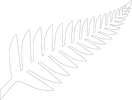
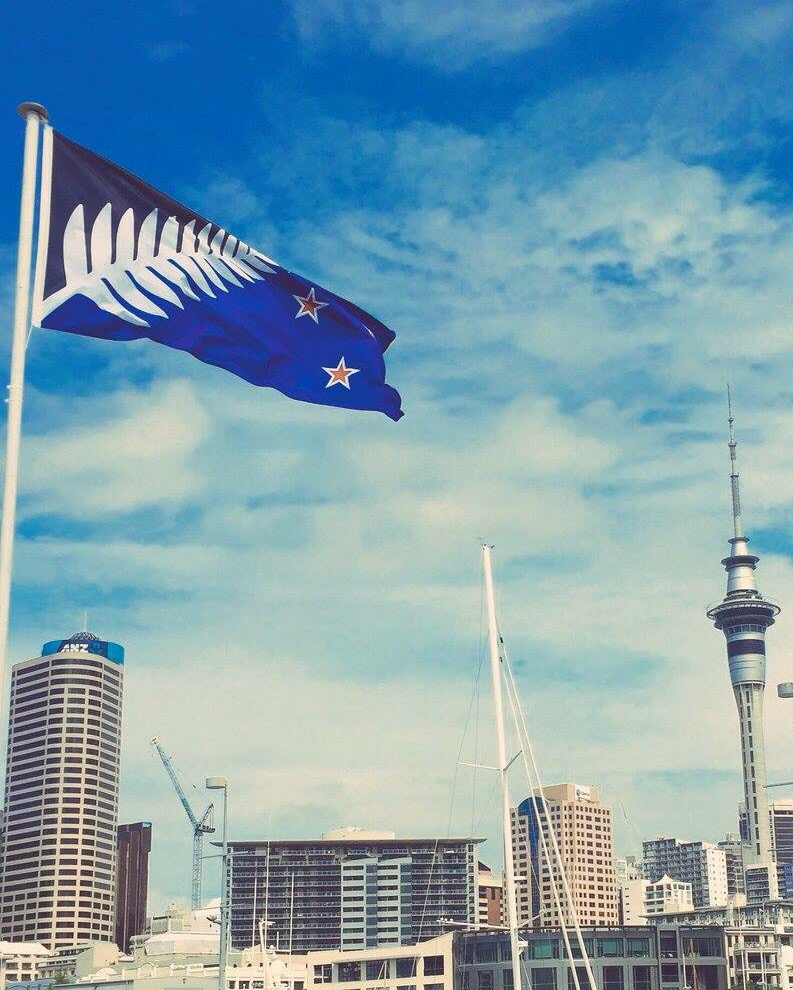
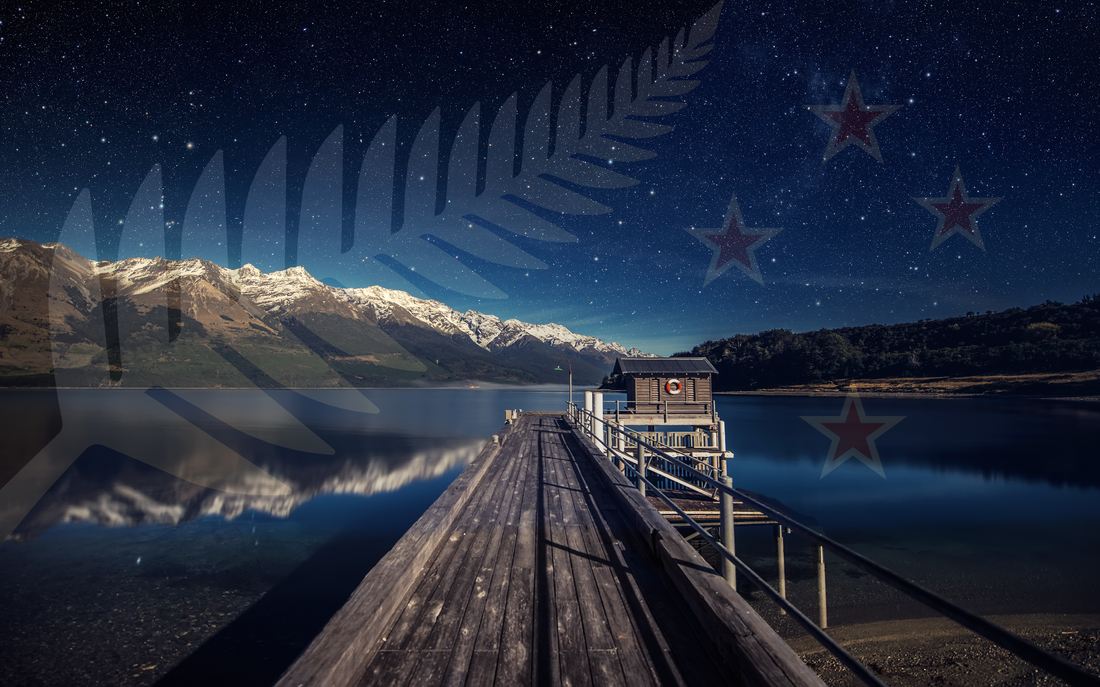
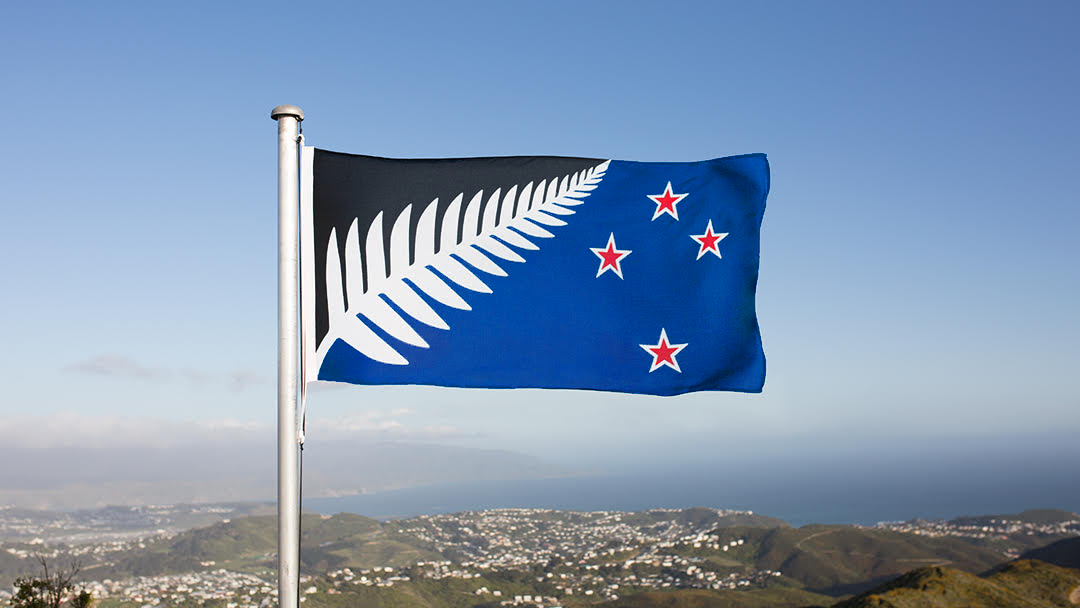
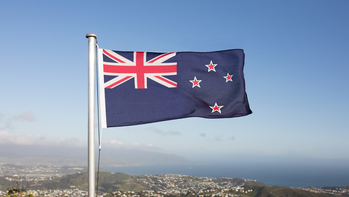
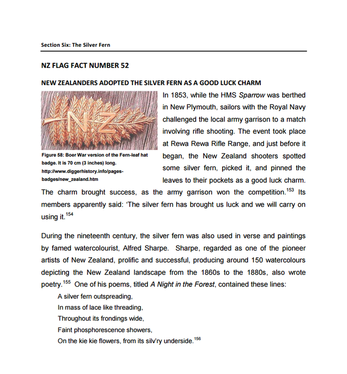
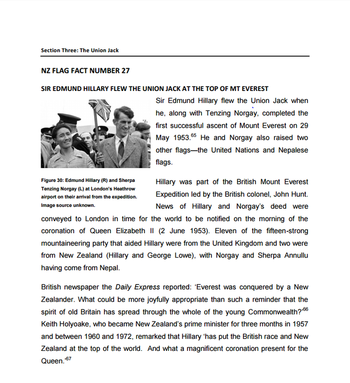
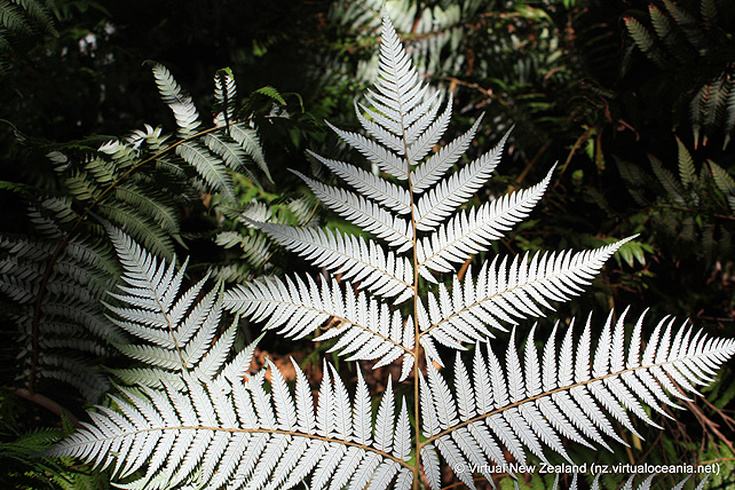
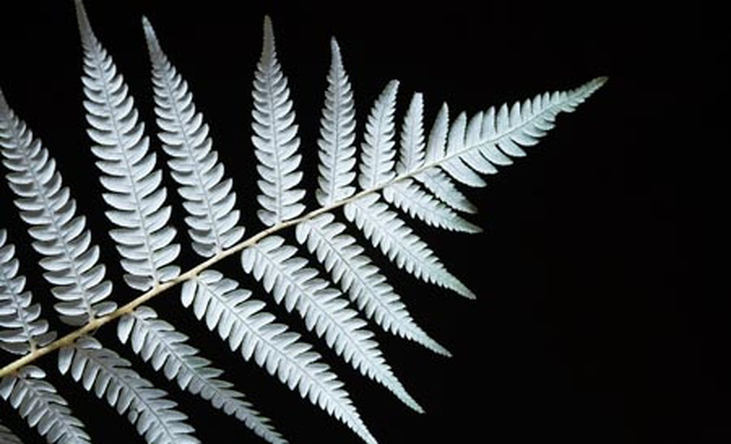
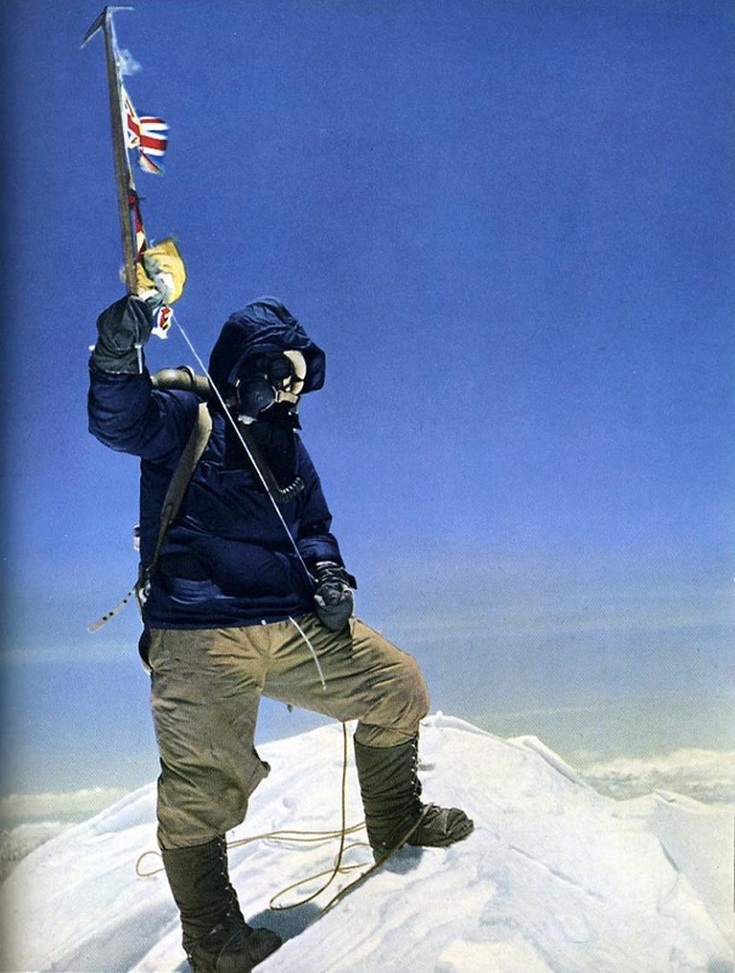
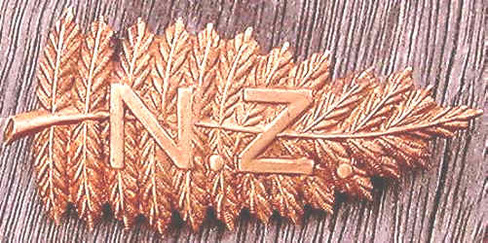
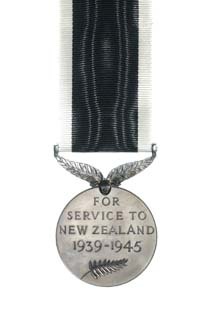
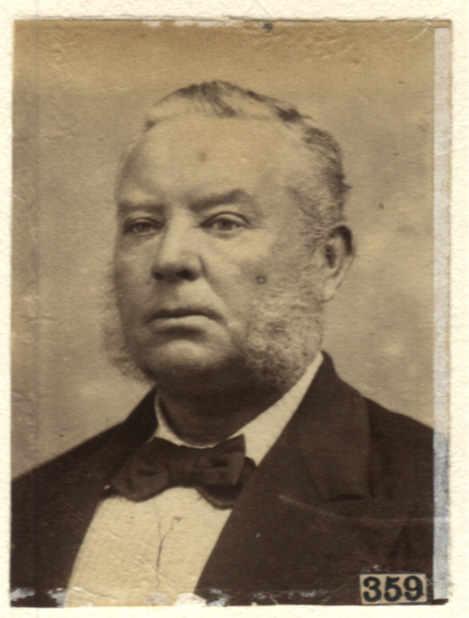
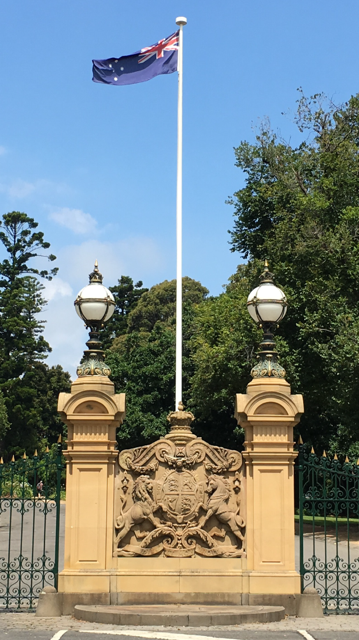
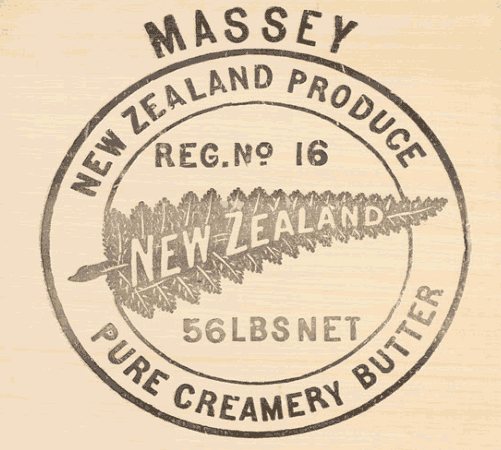
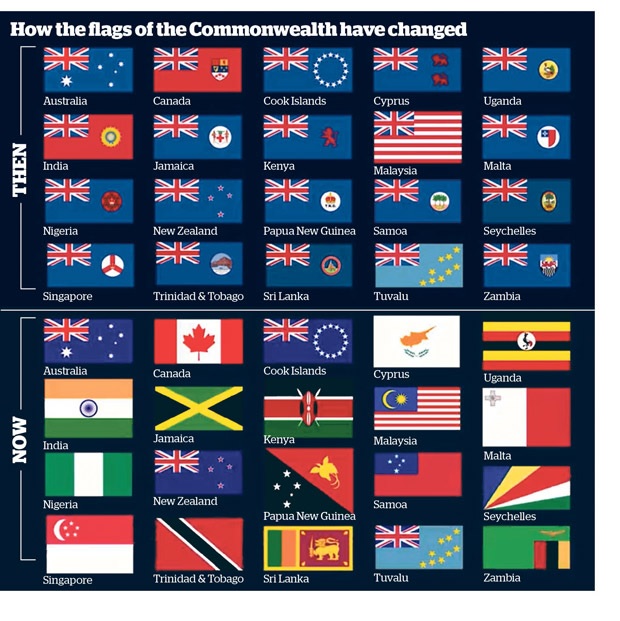
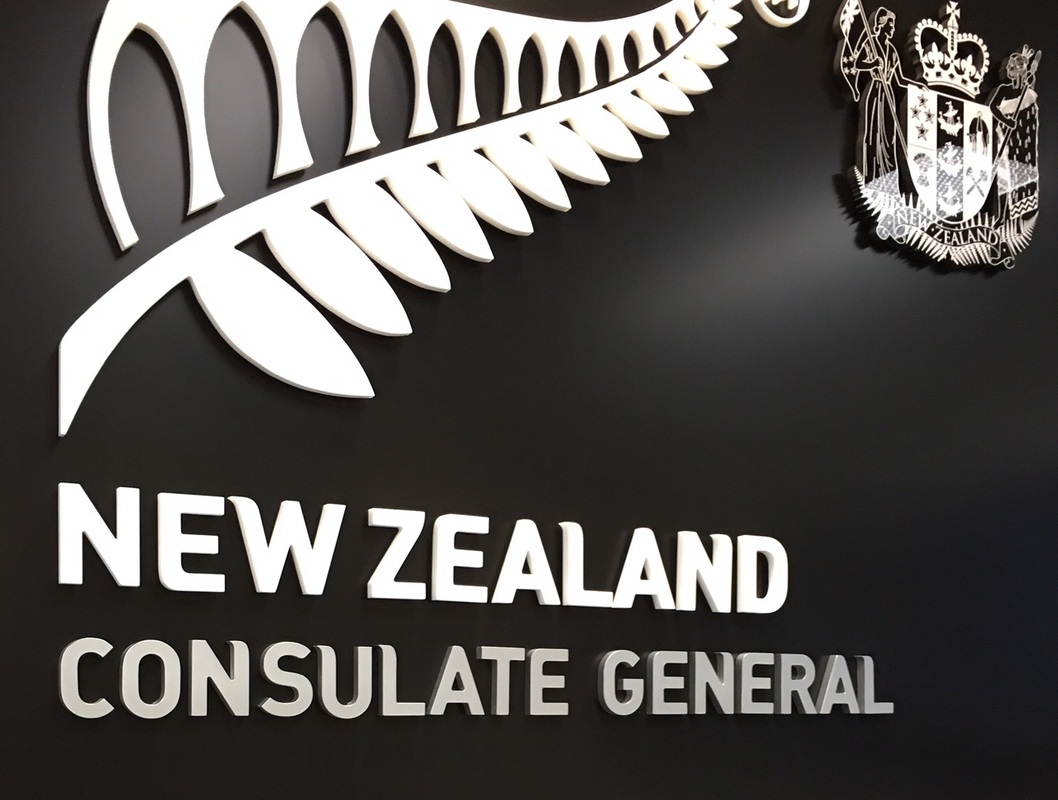
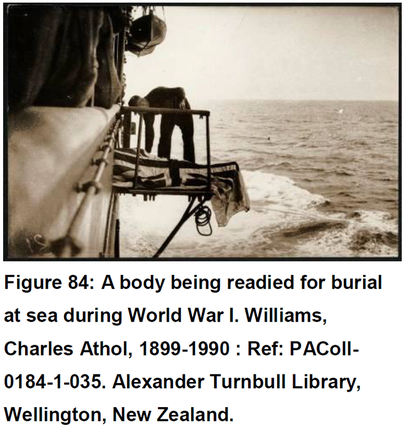
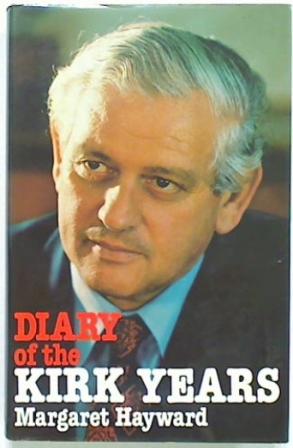
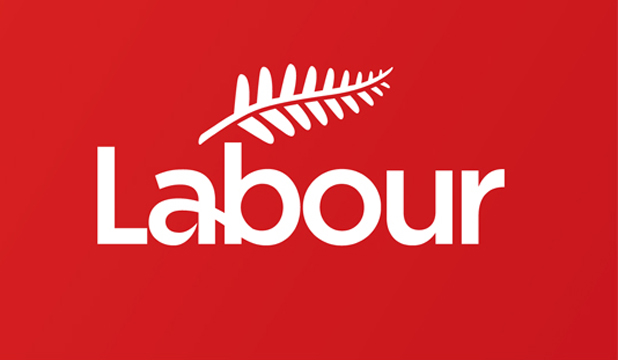
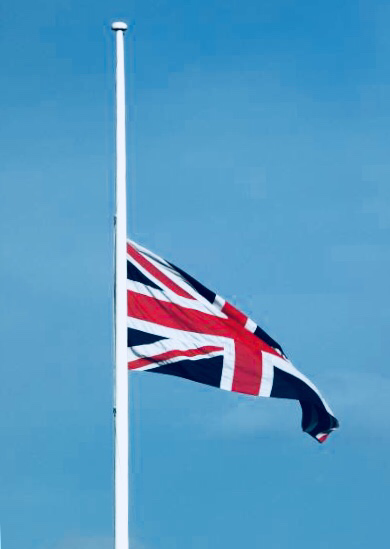
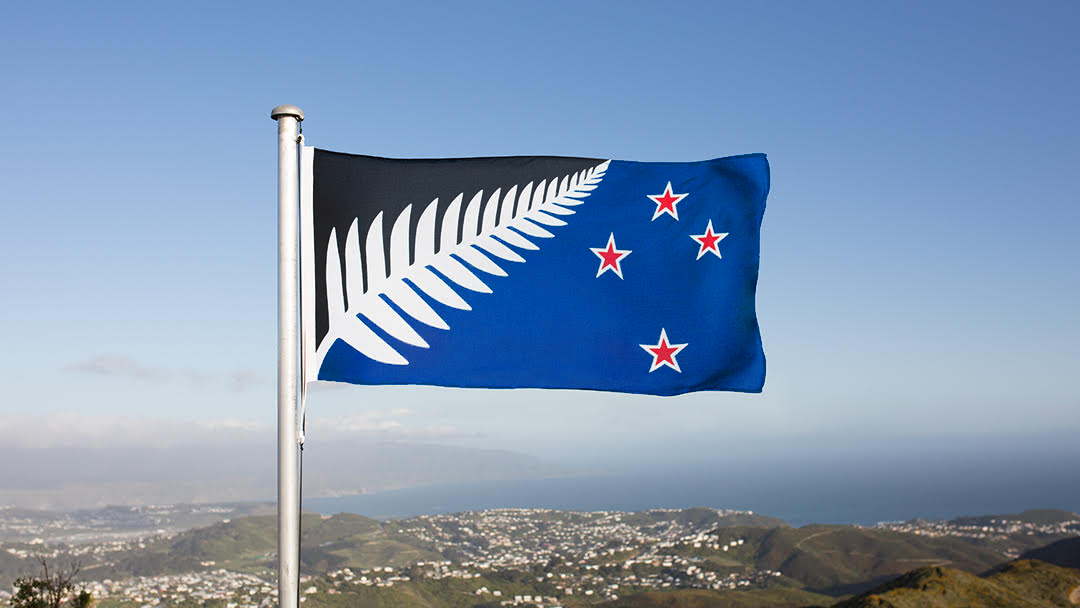
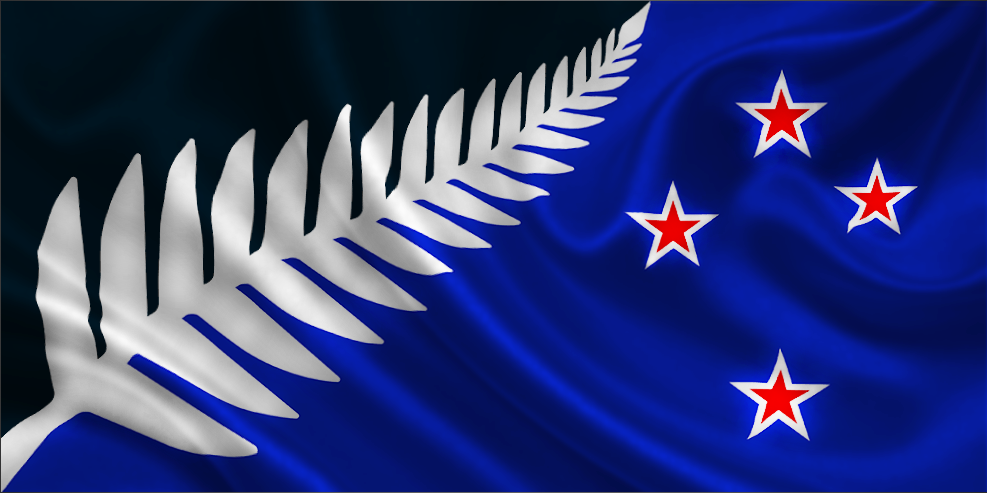
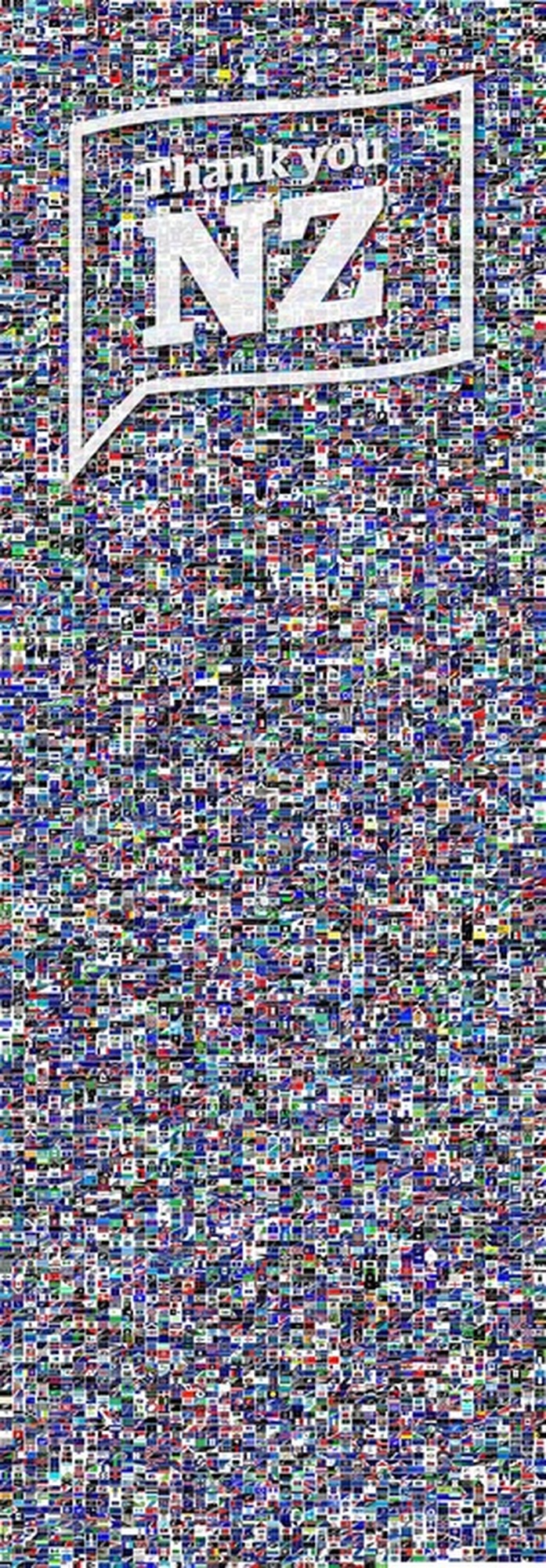
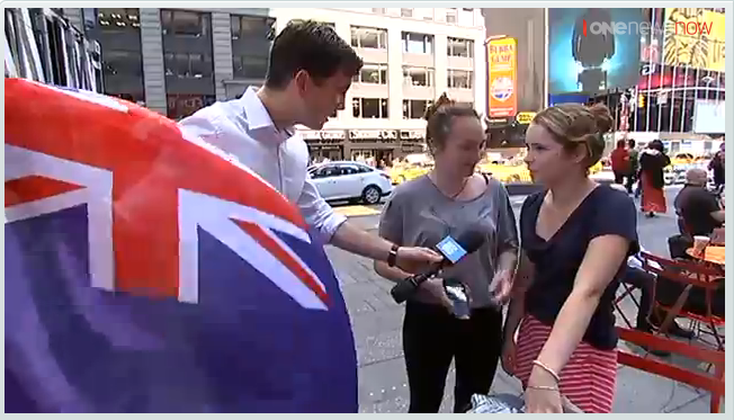
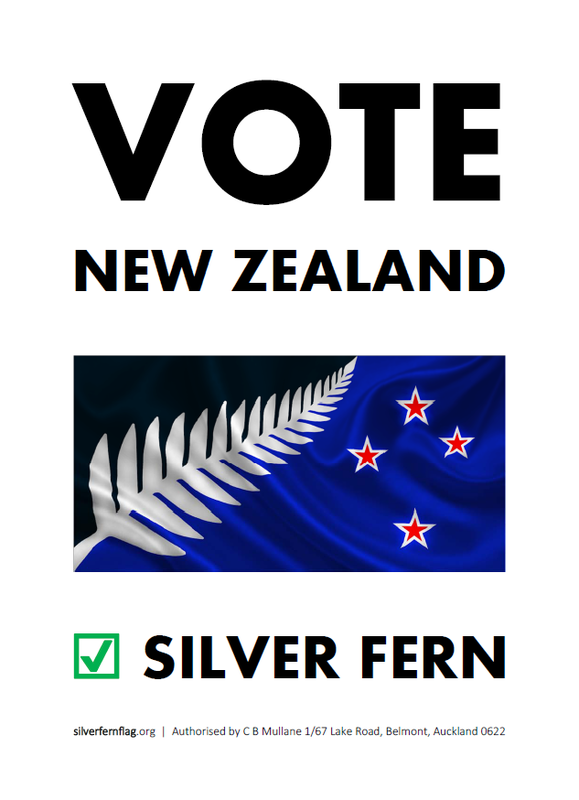
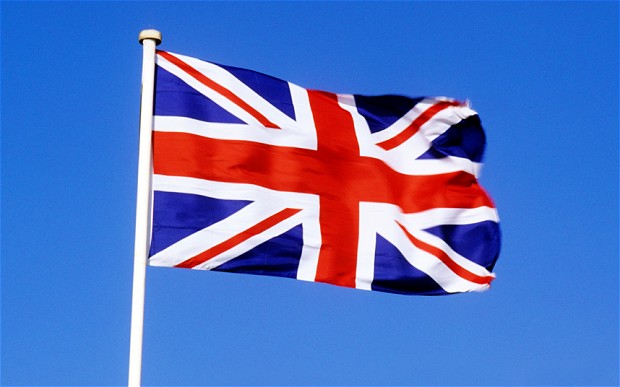


 RSS Feed
RSS Feed
